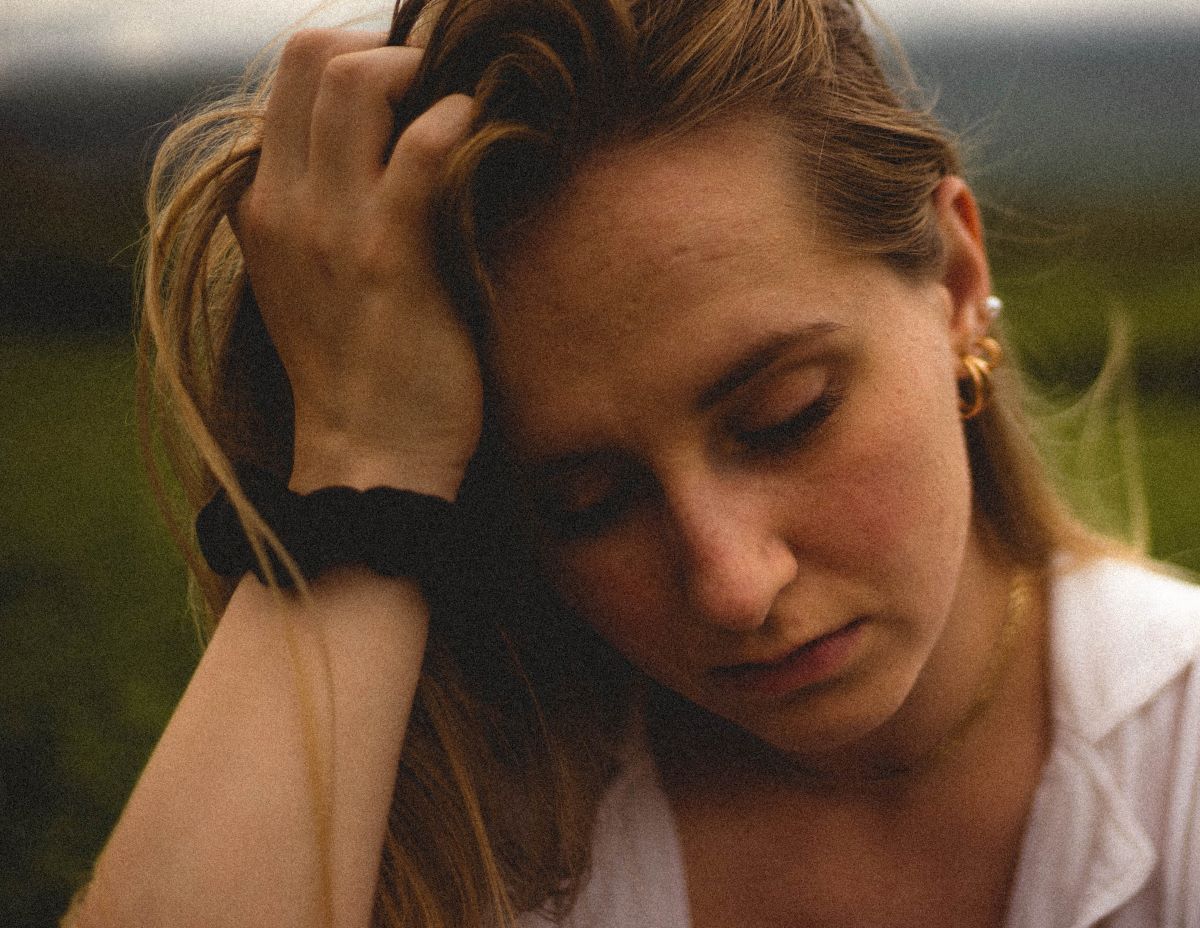
Body + Mind is reader-supported. We may earn an affiliate commission when you buy through some of the links on our site.
Despite the morning sickness and discomfort, pregnancy has some great perks. You get extra sympathy and attention, glowy skin and, of course, those thick, luscious locks. You’ve probably grown so accustomed to your new look any deviation may come as a shock.
You’re not alone if you’re experiencing extensive hair thinning or loss after having a baby. Most women will have this to some degree during the postpartum period. Sudden hair loss may feel frightening, stressful or embarrassing, so what can you do about it?
When you’re pregnant, some hormones like estrogen and progesterone rise significantly. This increase causes many reactions throughout your body, one of which is a drastic reduction in normal hair loss. Losing less hair each day gives you the full hair you’ve come to expect in pregnancy.
After you give birth, estrogen and progesterone drop suddenly to pre-pregnancy levels, which can shock your hair growth. Within your postpartum period, your voluminous mane will try to make up for lost time, shedding the hair it would have over the last 9 months.
Clumps of hair suddenly falling out certainly seems grounds for panic. However, postpartum hair loss is entirely normal and will reverse itself naturally. Your hair will start this shedding process between 1 and 6 months after you give birth, but most commonly around the 3-month mark.
Your roots will get fuller first since hair growth takes time. You should notice a thickening at your scalp by the time your baby is a year old. It will be a matter of time before your new hair growth catches up to the length of the rest of your hair.
Postpartum hair loss is a natural process after having a baby. Unfortunately, there’s nothing you can do to prevent it. However, you could use several techniques to minimize the effects of shedding and improve the appearance of your hair.
These at-home remedies can help improve how you feel about your hair and yourself. However, nothing you find in this list will reverse or stop the shedding. You have to let nature take its course and do the best you can in the meantime.
Getting a little extra volume into your hair will give the appearance you have more strands. Volumizing shampoos can give you a little oomph where you need it and are typically formulated not to weigh your hair down.
Your product choices can make or break your hair’s appearance. Heavy creams or conditioners could weigh your hair down and make it look flat and thin. When using conditioner in the shower, stick to the ends of your hair, keeping it far away from your roots.
Mousse may be the one exception to the hair product rule. Use one specifically designed for thin hair or labeled as volumizing — it will give your roots a bit more lift.
Heat styling can seriously damage your hair, making it more prone to breakage and shedding. You need to prioritize the health of the strands you have. Plus, who has time for heat styling with a newborn anyway?
Parting your hair differently than usual may hide some of the sparse areas depending on where your postpartum hair loss is focused. A side part might be best if you’re missing a patch in the front. However, when one side or the other is losing hair more rapidly, a middle part could be your best disguise.
Leaving your hair down is one of the best things you can choose to do for its health. Tight styles like ponytails and other updos put too much tension on your struggling locks.
If you’ve tried the other styling tips but still don’t like the result, you could try adding a hair accessory. Scarves, headbands and bandanas are a cute way to spruce up your look and detract attention from any thinning.
The food you eat plays a significant role in your hair’s health. Focusing on whole foods will get you the most bang for your nutrition buck. Try eating your way through the rainbow to get a variety of different vitamins and minerals.
To supplement your food intake, continue taking your prenatal vitamins. They’ll help to strengthen your hair and help with other postpartum symptoms. Your doctor will likely recommend you take them for at least three months after giving birth.
Since you should see a reversal in your postpartum hair loss by your baby’s first birthday, you should share continued hair loss with your doctor. You also need to inform them sooner if you’re experiencing other symptoms.
You could have hair loss due to another underlying condition like thyroid disease or androgenic alopecia. The treatments for these are quite different from hair loss after baby and won’t likely reverse itself without special treatment.